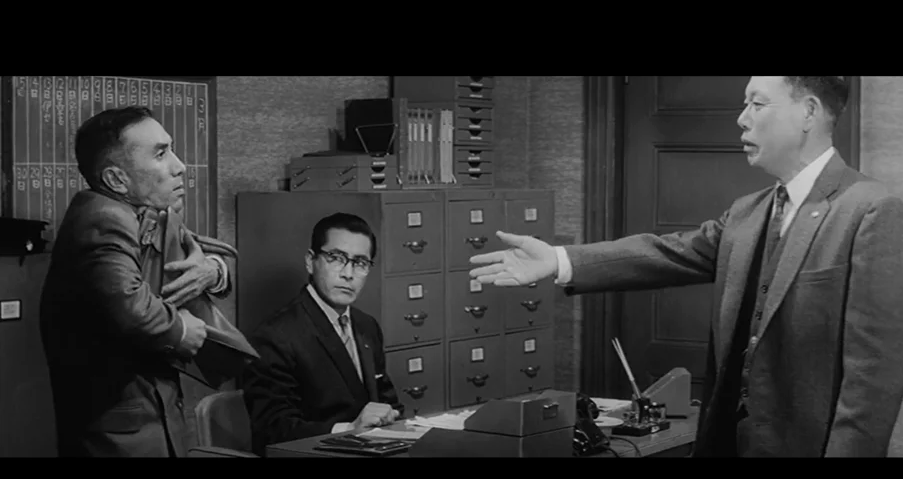Scripting - Directing - Editing and Product Design - Passion
I am not a movie buff. Which means I don't watch any and every movies out there - not to mention even the best one. Unless I am killing time with friends. In which case anything works.
Nevertheless, I do have passion for watching movies from directors that I admire. To me they are like a class where I get to learn or unlearn things about story telling from the masters. As a result, my movie watching procedure usually starts with the identification of a director or an actor - mostly directors.
I take lot of inspiration from storytelling art in my work and what ever I do. One of the most important thing about my admiration for directors is their unique taste and vision for storytelling. It is not just the matter of a story or characters, but the way they decide to introduce them to us. As a director, it is their job to make decision on how the story should be narrated to the audience. They bring their passion and taste to it, making it a wonderful experience. And more importantly, these directors don't compromise with their vision.
Compromising would mean making certain scenes in a way to please the audience or the stakeholders. In other words, driving your decision based on the money it is going to make. That would mean compromising in scripting, directing or editing, and ones craftsmanship.
This is where I like to draw parallels to product designing. Product designing comes with a similar process or problem identification, designing solution and implementing them. In this whole process, the project leader makes decision as to what to emphasis and what to discard. These choices are going to decide how the product is going to function. After all, product is an emphasis of things. Products are not destined to do everything. They come with their own limitations. It is the matter of the product designer to make sure that the choices based on the priorities of the use cases.
The difficulty in putting emphasis on things are similar for both directors and product designers. They are to first understand the problem in hand and make choices - take risks.
Movie watching experience sometime lets you into the minds of the director and the way they are thinking. The way they decide to tell stories and why they decided to do so. Most of us judge movies based on the story line, plot and performances. These are basic qualities, but there are more to appreciate in the movie than simple story and characters.
This brings me to Editing. A process where things are eliminated and brought together. A good edited movie is tightly connected and wastes no time of the audience. Similar to a good designed product, where it makes sure not to waste the users time.
Both requires certain focus on style, flow and storylines. The main reason I ended up writing this post is because I came across some videos which demonstrates the complexity of scenes done by great directors.
Here are few of those videos. Have fun.
The Bad Sleep Well (1960) - The Geometry of a Scene from Tony Zhou on Vimeo.
Akira Kurosawa is one of the legend in Japan whose movie has inspired directors like George Lucas, Steven Spielberg and many western movies.
Satoshi Kon - Editing Space & Time from Tony Zhou on Vimeo.
Satoshi Kon's animated movies are the best with intricate story telling methods and visual treat. Though Hayao Miyazaki's stories and characters are still dear to me, Satoshi's movies has its own space. If you think Inception and Black Swan was great, let me tell you some of the schematic style of Inception match 100% to that of Satoshi's Paprika. The infamous scene of zero gravity fighting scene in Inception is one of the intro sense in paprika and many more.
